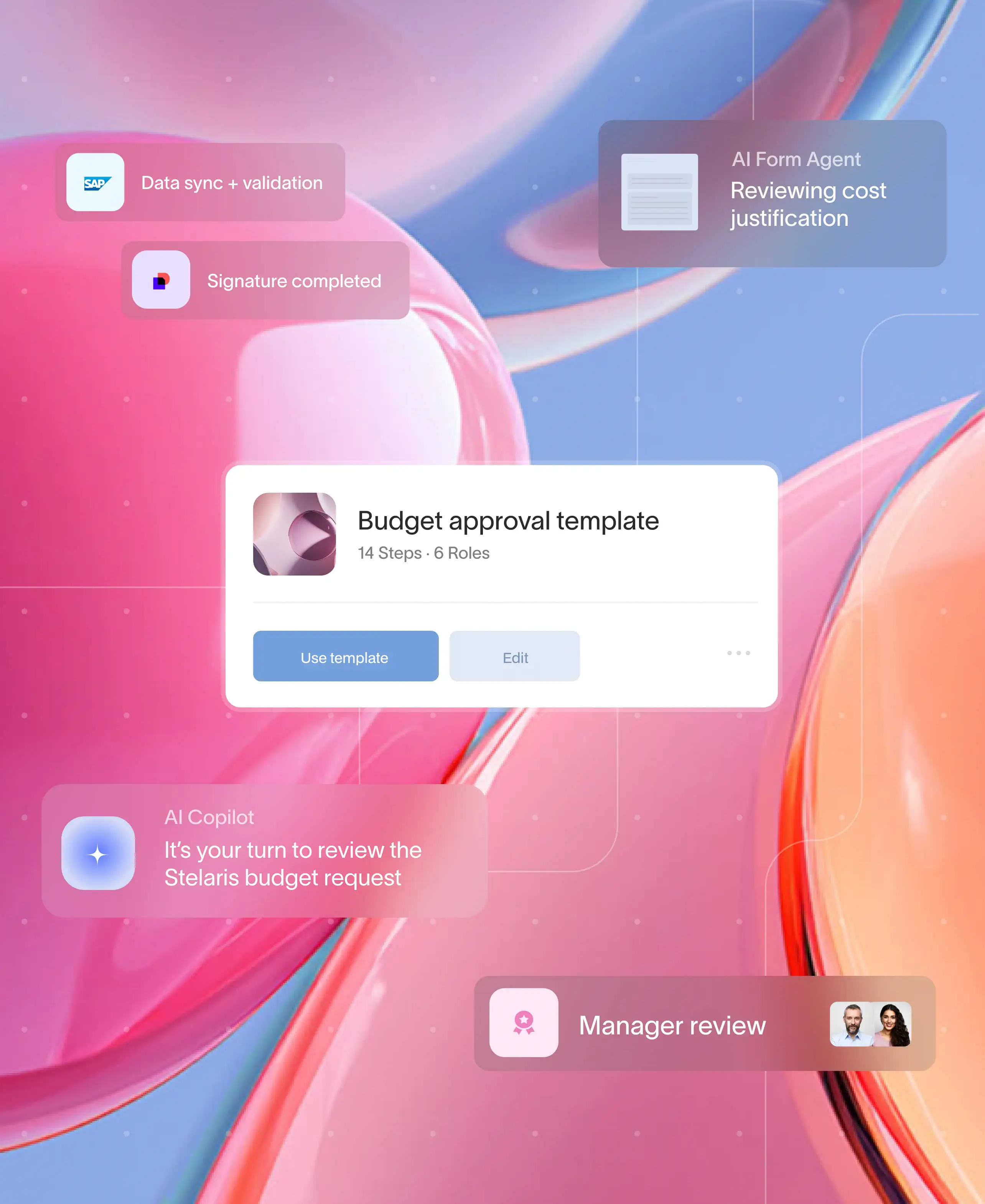.jpg)
Billable utilization is a key performance metric that measures the percentage of an employee's working hours spent on tasks that can be billed to clients. It indicates how effectively a company is using its workforce to generate revenue. High billable utilization means employees are spending most of their time on revenue-generating tasks, crucial for profitability and efficient resource management.
Billable utilization is also a cornerstone of trust between clients and service providers. When clients know their money is being spent wisely and that work is progressing smoothly, they feel confident. This makes clients more likely to stick around and recommend your service to others, strengthening the overall business relationship.
The question of billable utilization is particularly important for legal firms, as it can become a factor in client retention and acquisition. Baker McKenzie, an international law firm, heavily relies on optimizing billable utilization to maximize profitability. Lawyers at Baker McKenzie meticulously track their hours.This data-driven approach enables Baker McKenzie to maintain high levels of efficiency and client satisfaction.
What is billable utilization?
Billable utilization refers to the percentage of available working hours that an employee spends on billable tasks. These are tasks that can be directly charged to clients, such as consulting, accounting, or legal work. Understanding this metric is fundamental to maximizing productivity and profitability in a service-based business.
Why do you need to track billable utilization?
Tracking billable utilization is vital for several reasons:
- Revenue Forecasting: It helps in predicting future revenue based on current utilization rates. By analyzing the proportion of billable hours worked, businesses can accurately forecast their income and plan for growth. This forward-looking approach enables better financial planning and stability, ensuring that the company can meet its financial commitments and invest in new opportunities.
- Resource Management: Tracking billable utilization ensures that employees are effectively allocated to billable projects. By monitoring billable utilization rates, managers can identify underused resources and reassign them to projects where their skills are needed most. This optimization of workforce deployment not only maximizes productivity but also enhances employee satisfaction by ensuring that they are engaged in meaningful, billable work.
- Performance Measurement: It provides insights into employee productivity and efficiency. Tracking billable utilization allows managers to assess how well employees are performing in terms of generating revenue for the company. This data can highlight top performers as well as those who may need additional training or support, fostering a culture of continuous improvement and accountability. Some organizations choose to correlate billing hours with project completion milestones for better clarity.
- Cost Control: It helps in identifying and minimizing non-billable hours, reducing overhead costs. By keeping a close eye on the balance between billable and non-billable work, businesses can take steps to minimize time spent on activities that do not directly contribute to revenue. This can include streamlining administrative tasks, improving project management processes, and encouraging employees to focus on billable tasks, ultimately leading to lower operational costs and higher profitability.
For instance, a consulting firm might find that its top consultants spend only 60% of their time on billable work. By identifying and addressing the causes of non-billable time, the firm can boost its overall profitability.
How to calculate billable utilization
The formula for billable utilization rate is straightforward:
Billable Utilization = (Total Billable Hours / Total Available Hours) x 100%
Let's break down each component:
- Total Billable Hours: This refers to the number of hours worked on tasks or projects that can be directly billed to a client.
- Total Available Hours: This refers to the total number of working hours available within a specific time period (e.g., a week, month, or year). This usually excludes holidays, sick leave, and other non-working time.
Example:
Let's say an employee works 40 hours a week and has 32 hours of billable work in a particular week.
- Total Billable Hours: 32 hours
- Total Available Hours: 40 hours
Therefore, their billable utilization rate would be:
(32 hours / 40 hours) x 100% = 80%
Billable hour approach for professional services: Merits v/s drawbacks
The billable hour methodology has been a widely employed technique for monitoring and invoicing client work. However, it has its advantages and disadvantages.
Alternative approaches to billable hours
While the billable hour approach has its merits, it's essential to consider alternative methods that prioritize value and outcomes over time spent. Some options include:
- Value-based pricing: This approach focuses on the value delivered to clients, rather than the time spent on tasks.
- Fixed-fee pricing: This methodology involves charging clients a fixed fee for a specific scope of work, eliminating the need for billable hours.
- Results-oriented pricing: This approach ties pricing to specific outcomes or results, incentivizing teams to focus on delivering value rather than accumulating hours.
By understanding the pros and cons of the billable hour approach, professional services firms can make informed decisions about their pricing and billing methodologies, ultimately improving client satisfaction and team well-being.
However, an excessive focus on billable hours can jeopardize client satisfaction and trust. Clients may feel that the emphasis is on billing rather than delivering value, leading to dissatisfaction and strained relationships. This misalignment can result in billing disputes and reduced confidence in the firm's commitment to their success.
Balancing client Satisfaction and billable utilization
Achieving high billable utilization should not come at the expense of client satisfaction. Here are some effective ways to balance both:
- Effective Communication: Regularly update clients on project progress and involve them in key decisions.
- Quality Assurance: Ensure that work delivered meets or exceeds client expectations, even if it requires additional non-billable hours.
- Efficient Processes: Streamline workflows to reduce unnecessary non-billable time while maintaining high-quality deliverables.
- Training and Development: Invest in employee training to improve efficiency and expertise, leading to efficient billable hours and better client outcomes.
How Moxo helps in balancing client satisfaction and billing efficiency
Moxo significantly enhances billing efficiency by providing a comprehensive platform for managing client interactions and project workflows. By centralizing communication, task management, and document sharing, Moxo streamlines the entire project lifecycle, ensuring that all billable work is accurately tracked and managed.
Moxo's real-time collaboration tools facilitate seamless client updates and approvals, speeding up project delivery and billing cycles. Additionally, automated reminders and notifications keep teams on track, ensuring timely completion of billable tasks. Overall, Moxo's robust suite of tools not only improves operational efficiency but also enhances accuracy and transparency in billing, leading to higher client satisfaction and increased revenue.
Get Started with Moxo to find the perfect balance between client satisfaction and billable utilization!.
Conclusion
Billable utilization is a critical metric for any professional service firm aiming to optimize profitability and efficiency. By tracking and improving this rate, businesses can better manage resources, forecast revenue, and enhance client satisfaction. Tools like Moxo can further streamline operations, ensuring a balanced approach to maximizing billable hours while maintaining excellent client experiences.
FAQs
What tools can help track billable utilization effectively?
Tracking billable utilization can be facilitated by a variety of tools, which includes time-tracking software. These tools provide detailed reports and analytics that can help managers monitor and optimize billable hours.
How do I set realistic billable utilization targets for my team?
Setting realistic targets involves analyzing historical data, understanding industry benchmarks, and considering the specific demands of your projects and clients. It's essential to balance ambitious goals with the well-being and capacity of your team.
What are the common challenges in maintaining high billable utilization?
Common challenges include managing non-billable administrative tasks, dealing with fluctuating project workloads, and ensuring that employees do not experience burnout from excessive focus on billable hours. Implementing efficient processes and regular check-ins can help mitigate these issues.
How can a focus on billable utilization impact client satisfaction?
A heavy emphasis on billable utilization can lead to clients feeling that their needs and outcomes are secondary to accumulating billable hours. This may result in decreased satisfaction and trust, as clients perceive a lack of genuine value and efficiency in the services provided. Balancing billable hours with delivering tangible results is essential for maintaining strong client relationships.
Can improving billable utilization affect the quality of work delivered to clients?
Yes, focusing too much on billable utilization can potentially impact work quality if employees feel pressured to maximize billable hours at the expense of thoroughness and creativity. It's important to maintain a balance by setting realistic expectations and prioritizing client satisfaction alongside utilization goals.





